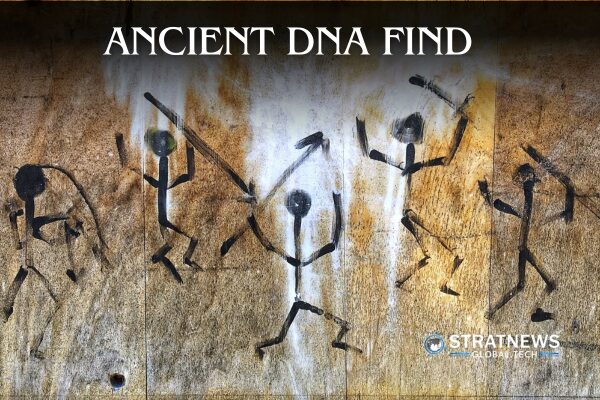Ancient Human Lineage Unearthed Near Bogotá
Scientists in Colombia have identified a previously unknown human lineage through DNA sequencing of ancient remains found near Bogotá. The discovery adds a new chapter to the understanding of human migration in the Americas.
Uncovering the Checua Lineage
The newly identified group has been named the Checua, after the area in Nemocón municipality where their remains were first unearthed in 1992. The group lived around 6,000 years ago during the Pre-ceramic Period. Until now, their DNA had never been fully analysed.
Dr Andrea Casas from the National University’s Genetics Institute said that comparisons with other ancient American populations revealed a unique genetic signature. “It’s a new lineage,” she explained. This means the Checua differ significantly from other known ancient groups in the region.
Among the remains studied were those of approximately 30 individuals, including one nearly complete skull. DNA sequences from six of the individuals were detailed enough to be added to the broader genetic study.
A Mystery of Origins and Disappearance
While many ancient remains from Colombia share genetic links with populations from Panama and further north, the Checua stand apart. Most early populations migrated south from the Bering Strait over 20,000 years ago. However, the Checua appear to be more isolated, possibly part of a small, nomadic hunter-gatherer community.
The reason for their disappearance is still unclear. Dr Casas suggested several possibilities, including climate change, disease, or food shortages. There are no known modern descendants of the group.
Clues from the Skull and Diet
The Checua skull is distinct from others found in the region. According to Dr José Vicente Rodríguez, a professor of physical anthropology, the skull is more elongated and shows signs of dental infection, such as abscesses in the upper jaw. These features suggest that the individual may have suffered from tooth loss due to infection, unlike later populations who had cavities instead.
Early diet also provides insights. Volcanic activity during that time likely forced people to rely on root vegetables such as tubers and potatoes. Above-ground crops would have been damaged by ash and other volcanic effects, pushing early communities to adapt.
Continuing Research and Future Discoveries
The research team continues to study the available remains, hoping that future finds will provide more clarity about this newly identified lineage. “Perhaps in a few years we’ll find other remains and they will shed some light on this lineage,” Dr Casas added.
with inputs from Reuters


